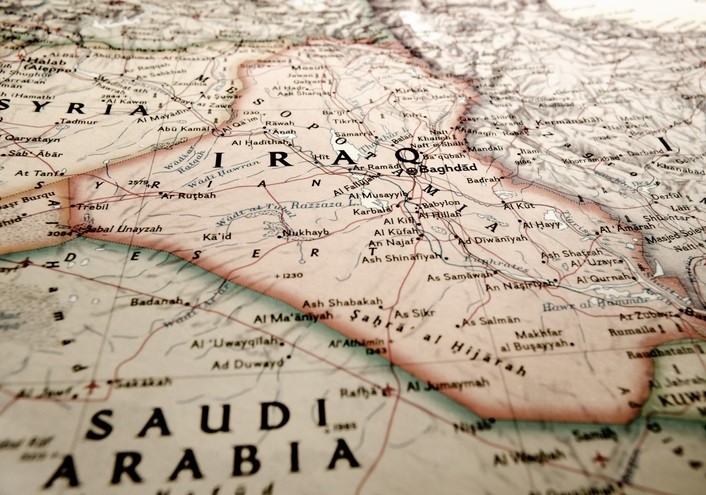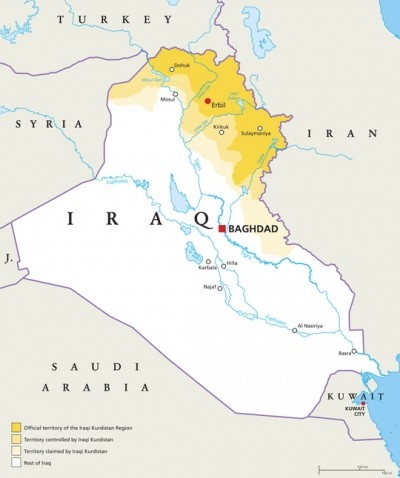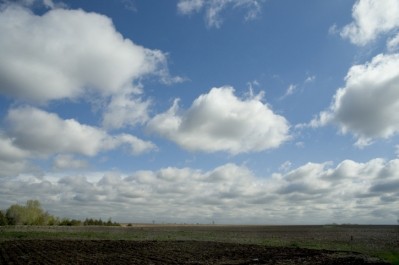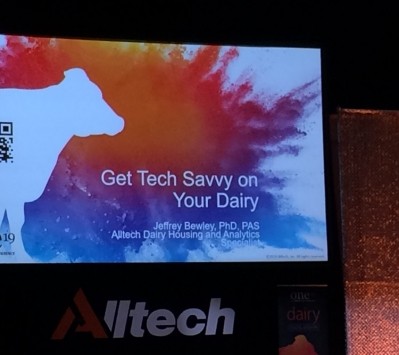Iraq: Livestock sector to expand on higher birthrates, returning refugees

“Iraqi grain production is rebounding in 2019, following a difficulty and dry 2018.”
The US agency’s Cairo based Foreign Agriculture Service (FAS) compiled the report. It forecast strong production in wheat, barley and corn, as farmers expand acreage after recent rains.
Iraq has 50 feed mills, with their combined feed output totalling 0.75 MMT. Poultry feed production dominates, followed by dairy feed.
Source: Alltech Global Feed Survey 2019
“Consumer food demand is growing as birthrates remain high and Iraqi refugees return home following years of conflict.”
The population of Iraq is 40.2 million and the growth rate is 2.6%, noted the USDA. In addition to the high birth rate, many Iraqis who left during the war are now returning, adding further upward pressure on consumption, it said.
More corn imports expected as poultry production grows
The USDA said it expects feed and residual consumption for corn in the marketing year (MY) 2019/20 to increase to 605 thousand metric tons (TMT), up 130 TMT from MY 2018/19.
Feed corn consumption is set increase, it believes, as farmers use relatively less wheat for animal feed.
Yellow corn in Iraq is mainly used by poultry feed mills, reported FAS Cairo. As poultry production increases in the coming years, it predicts a hike in demand for imported corn.
Use of corn by ranchers and the aquaculture sector in that country is also increasing, according to the publication.
“Traders supply most imported corn to feed mills. These suppliers generally price their product including freight and offer credit terms. Feed mills prefer imported corn, especially South American origin, due to the quality, moisture rate, and low occurrence of aflatoxins.”
The US agency estimates MY 2019/20 corn imports to Iraq will reach 310 TMT, 29% higher than the level in MY 2018/19.
“Recently, Iraq’s corn imports have come from Argentina, Romania, and Turkey. Turkey supplies almost exclusively northern Iraq via land routes.”
The Iraqi government frequently bans corn imports from November until May, according to the report.
“The ban is designed to prevent imported corn from being mixed with domestic harvest and sold to the ministry of agriculture at a profit. The ministry of agriculture normally purchases the corn harvest at a fixed price, often above the international price, and distributes it to livestock farmers at a subsidized price. Occasionally, the government will put in place temporary bans to protect farmers from low prices driven by surplus product in the market. Feed mills maintain stores of imported corn to mill during the annual bans.”
Wheat data
The Iraqi ministry of agriculture has instigated a national agricultural plan, which determines the areas farmers may plant specific crops.
“The plan is broadly assumed to lay out the ministry’s understanding of the best combination of production and import decisions needed to meet the country’s demands.”
The Iraqi ministry of agriculture is working to increase wheat production, and is distributing improved seed varieties to farmers across the country producing within the national agricultural plan, said the US agency.
For wheat farmers in the plan, the officials are also subsidizing seeds and fertilizers, as well as offering free pesticides and discounted laser leveling of wheat fields, said the USDA.
Farmers planting areas not included in the plan must procure their own inputs at full market value and can only sell their wheat as feed grade and at a reduced price.
FAS Cairo anticipates 2019 planting to be greater than the areas specified by the agricultural plan as farmers anticipate improved weather and better harvests. It said that there are currently no indications that the MY 2019/20 crop will be of substandard quality and it is decreasing the feed and residual use in MY 2019/20 as a result.
Barley in feed
The US agency forecasts that barley consumption in MY 2019/20 will reach 1.06 MMT, an increase of 7.1% over the previous year.
The increase is driven by higher production, as well as some substitution back to barley from feed wheat; Iraqis generally use barley as animal feed, which competes directly with feed grade wheat, noted the author of the report.
“Companies affiliated with the Iraqi ministry of agriculture purchase domestic barley from farmers. These firms then resell the grain to farmers and fisheries as feed at a reduced rate.”
Sheep and goat farmers in Iraq are allowed to purchase up to 8kg of subsidized barley annually. Buffalo or cattle farmers may buy up to 30kg, reported the USDA.
“Currently, farmers pay 278,500 dinars ($232) per ton for barley. Often farmers keep a large share of their barley production for feeding livestock throughout the year.”
In 2018, Iraq was home to 16.1 million sheep and 2.9 million goats, as per USDA data.










